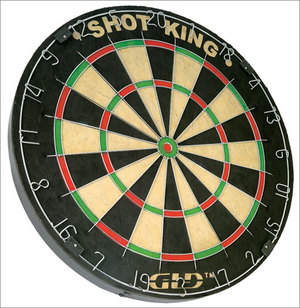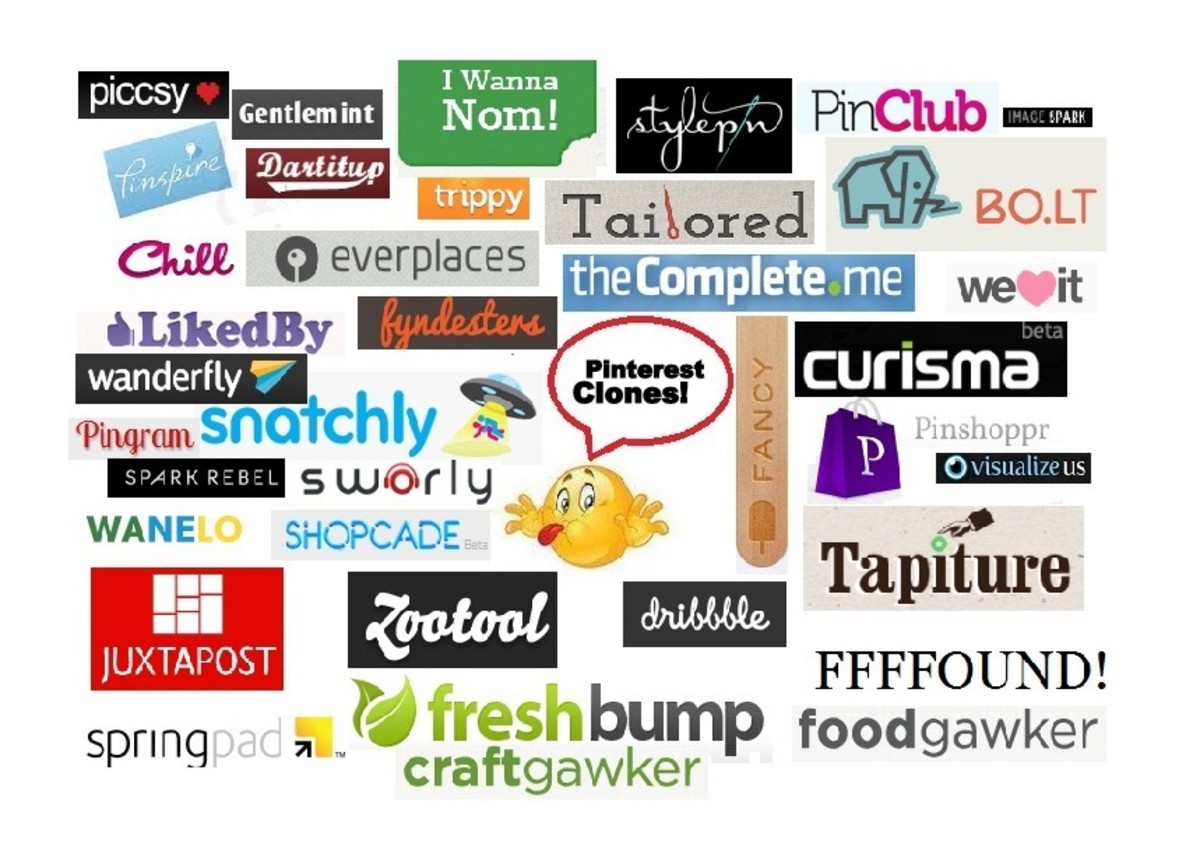How to Sell Your Product Online

How to Sell Your Product Online
If you have been in internet marketing for any length of time you will have undoubtedly tried to either sell a product, or sell a product via an affiliate program such as Amazon or Clickbank. You want it to take off, you want to make sales, and you want it to get a lot of attention from Google.
Not only do you want all this, but you want to do it without traditional advertising resources such as TV, newspapers, and radio. Who can blame you? These techniques are expensive, and unreliable.
And while my first tip will be to create your own homepage, a base of sale so to speak, there is a lot more I wil show you which will teach you how to sell your product online!

The Basics on How to Sell Your Product Online
There are several basic techniques which people use when promoting a new product to sell online. The starting point is always however the development of the homepage on which you will sell your product online. It is amazing how many people lose focus on what this home page is meant to achieve. The homepage of your product must provide information about what you are trying to sell, show why your reader needs to buy your product, capture attention, so the reader continues to read your sales text, and you need to generate a desire to buy so you can finally clinch the deal.
One of the most important decisions you will make when you are looking on how to sell your product online is when you purchase a domain name. The domain name can take either one of two routes.
- Route One - Match the domain name to the product name. This is a particularly good marketing strategy if your product name is something that people will be searching for.
- Route Two - Match the domain name to a set of keywords which you think people who might want to buy your product will search for on Google.
If you build a new website you will usually take one of two routes. You can combine these skillfully, however you must be careful not to overload your visitors with too much information.
The first route is to build a sales landing page. This will often be a single page which contains an enticing page of information about your product which will convince a reader to buy it.
The second route you can take is to build a website on a related topic to your product, this should contain related articles which are geared towards making your reader want to buy your product.
Whichever you choose you should remember these simple marketing techniques to help make a visitor a sale.
- Write an article about why the product will make life easier for the buyer.
- Provide a way how the reader can achieve their goal without your product, hten show how your product can do it faster/easier/cheaper.
- Keep it easy to read, high in information, and well spaced to avoid losing your readers attention.

Improve Your Websites Focus to Sell Your Product Online
Before I get too in depth about online marketing techniques I think it is important to go over soem real basic facts, which many people overlook. So lets go back to what you really want to happen after your website is launched.
You want your website to become the focus of an ever expanding ripple of communication. Whether it is people linking to your site, or one friend telling another about your site, and more importantly, your product.
This sounds like a simple marketing technique, however lets face it, getting this kind of attention is not easy. To find yourself in this position you need to sculpt your page and it's content to provide tangible, engaging, and informative content. By keeping these values at the focus of your content creation you should be able to cut down on fluffy words, and instead help provide people with the information they need and the product they want. More specifically, by following these values you can make people want the product you want them to want!
The internet is a vast palce, and it is all too easy for people to get bored of your work, or see something more interesting than your own content. This is the opposite of what you want, you need to engage your reader until they buy your product online.
To really figure out what you need to do to draw your customer in and make them want to buy a product you need to think as if you were the visitor, put yourself in their shoes, and try and see what is wrong, and what is right with your site!
You need to refine your site to ensure that the potential customer sees valuable information, that realtes to them, and helps convince them that your product is what they need right there and then.
If your site has information above the fold (Which is the area you see when you first load the page) which is not relevant to them, then chances are you will lose their attention, and their cash!
Whatever you write, publish it, look at it, read it. If you cannot hold your own interest, how do you expect others to stay interested in what you write?
Once you have written it, read it, and then revise your article.

Create an Experience, Not an Article
The real trick you which you need to learn to find out how to sell your product online. You need to learn how to create an experience which your reader will find themselves immersed in. Barely coherent keyword rich text might occasionally reach the top of Google, but that doesn't mean you will get a good sales conversion rate.
Every page of your website needs to generate an interest in your product, it needs to invoke some kind of emotion to your product. The emotion could be an intrigued interest in what your product can do, a feeling that your product is a useful addition, or simply the 'wow' factor which makes them want to tell other people about your product.
Creating an article which conveys emotion is not always easy, and ensuring a whole site retains the same level of emotive interest can be downright hard.
There are several way you can engage your reader, and give them an emotional interest in your work.
The first simple technique is make them click. If a user has to put in the effort to click to the next page they automatically feel vested in their decision. This is particularly effective when you decide to have an incredibly simple landing page, which leads on to furher information regarding your product.
Simplicity is also a key factor in engaging your user, quite simply don't make them have to search for the content that you want them to find easily.
So will this help me sell my products online?
Definitely, however there are a wide range of things you can do to increase your online visibility and improve your sales conversion rates!
You can find out more at Traffic to my Blog!








